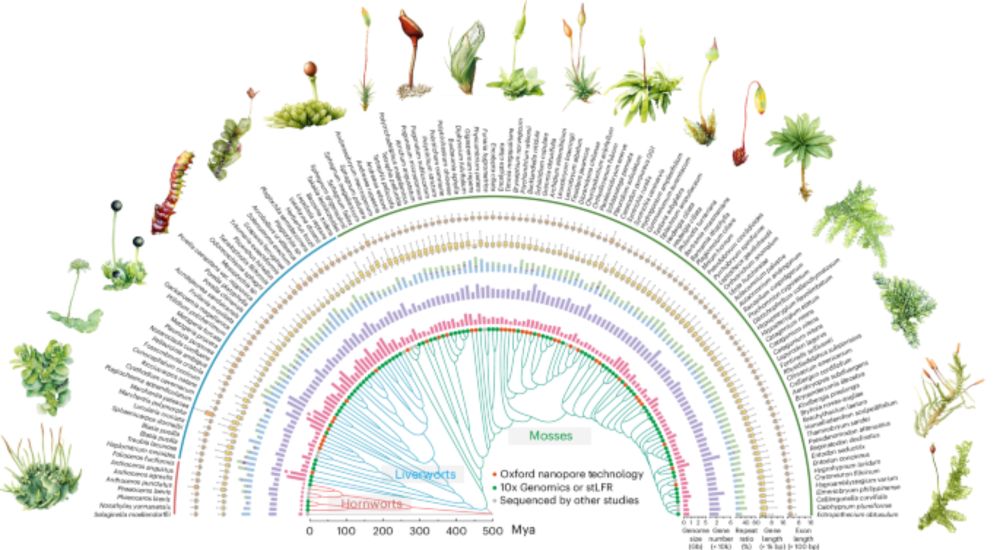Kathrin Rousk
@kathrinrousk.bsky.social
280 followers
110 following
50 posts
Ecosystem ecologist researches nitrogen cycling in pristine ecosystems. Focus on moss-cyanobacteria associations and nitrogen fixation.
Posts
Media
Videos
Starter Packs
Reposted by Kathrin Rousk
Reposted by Kathrin Rousk
Reposted by Kathrin Rousk
Reposted by Kathrin Rousk
Reposted by Kathrin Rousk
Reposted by Kathrin Rousk
Reposted by Kathrin Rousk
Kathrin Rousk
@kathrinrousk.bsky.social
· Aug 14












![The bright green, feathery moss Thuidium sp. is widely distributed across the globe—from tropical cloud forests to temperate forests. In nitrogen-poor ecosystems, Thuidium sp. and other mosses are heavily colonised by nitrogen-fixing cyanobacteria, contributing significantly to total ecosystem nitrogen input. [Photo credit: Kathrin Rousk]](https://cdn.bsky.app/img/feed_thumbnail/plain/did:plc:pbn7uj4zr5yukdiqflp3p3n7/bafkreien4esbf6bb43qfenqogbdtuge3ygo7cplprt5gjd44tqxkwbq7f4@jpeg)









